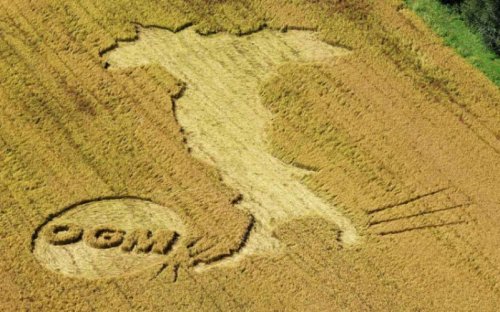
The grain creso, entered in the register of varieties of wheat in 1974, it is a variety of wheat obtained from a hybrid of Mexican durum and tender wheat, crossed with a line of delicious wheat Senatore Cappelli, genetically mutated through irradiation. Modifying the gene for growth with x-rays it was obtained a kind of grain, much shorter (dwarf), and therefore more resistant to enticements (reductions) due to wind and rain, this enabled to obtain a variety of agricultural yield, higher and more resistant to attacks by fungi and diseases.
For this reason the grain creso widely circulated in the 80s and 90s, in some states such as Australia, China, the U.S., Canada and Argentina it has been widely used in genetic improvement programs.
Due to the fact that this variety is not the result of natural selection practiced by some brilliant farmer, but all "made in the laboratory," some concern and mistrust occurred, especially for the extensive use that has been made in previous decades. Currently there is also a diatribe on the fact that the grain creso and its derivatives may have played a significant role in the increase of cases of celiac disease and intolerance to wheat.
Probios does not use creso wheat in its products based on wheat. Our manufacturers in fact ensure the use of other types of wheat such as Blasco, Bologna, Italy, Rieti, Aquilante, Nomade. In addition, over the years we have made great efforts to ensure raw materials grown in Italy, giving rise to the ancient tradition of grains such as wheat Senatore Cappelli original, hulled dicoccum wheat and even hulled wheat Triticum monococcum the most ancient type of hulled wheat cultivated, which for its poor yield in agriculture has been replaced over time with more resistant and productive varieties.
Write your questions to our office quality: This email address is being protected from spambots. You need JavaScript enabled to view it.
Source: www.probios.it/RIVISTA





